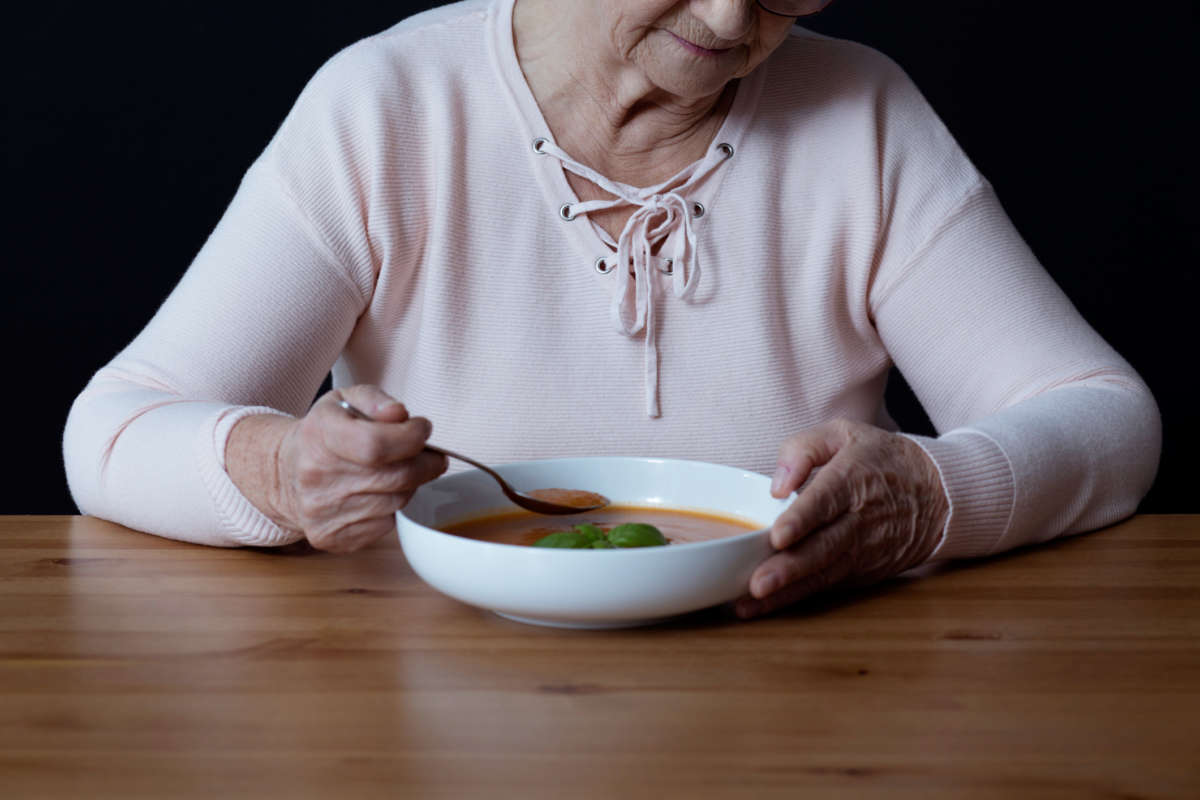Did you know that Truthout is a nonprofit and independently funded by readers like you? If you value what we do, please support our work with a donation.
Advocates for senior citizens hailed the bipartisan passage of a federal bill that calls for boosting money for nutrition programs so that fewer older adults go hungry. But the proposed funding still wouldn’t keep up with America’s fast-growing senior population.
The legislation reauthorizes the Older Americans Act, which provides for home-delivered and group meals for anyone 60 and older while supporting an array of other services, such as transportation and in-home care. The bill cleared the House on Wednesday after a Senate vote in early March — more than five months after the previous authorization expired Sept. 30.
“So many seniors are dependent on this piece of legislation,” said Ellie Hollander, president and CEO of Meals on Wheels America, the umbrella group for more than 5,000 community-based home-delivered meal programs. “Everyone wins. Taxpayers win. Seniors win. Communities win.”
The bill recommends a 7% rise in funding for nutrition programs and other core services in the first year, followed by 6% increases in each of the next four years. That works out to a total increase of 35%.— significantly more than the total 6.8% increase over the previous three-year reauthorization.
The recommendations don’t automatically take effect, though. Congressional appropriations committees will make final decisions on funding levels, taking into account the authorization recommendations.
A Kaiser Health News analysis found that although the total for nutrition services in the authorization would reach $1.2 billion in 2024, the highest in nearly 20 years in inflation-adjusted dollars, it still amounts to less per-eligible person than in the early 2000s.
Kaiser Health News reported in September that funding for the Older Americans Act has long lagged behind senior population growth and inflation. Nearly 8% of Americans 60 and older quietly went hungry in 2017, according to a study released last year by the anti-hunger group Feeding America. That’s 5.5 million seniors who don’t have consistent access to enough food for a healthy life, a number that has more than doubled since 2001.
Without steady, nutritious food, seniors can weaken, sicken and even die. They can wind up in hospitals and nursing homes, driving up Medicare and Medicaid costs for taxpayers. A single day in the hospital costs an average of around $2,500, one estimate found, compared with $2,828 to serve a senior Meals on Wheels for a year.
“I owe my health to Meals on Wheels,” said Catherine Merkel, a blind 86-year-old from Wernersville, Pennsylvania, who has been receiving food for more than 25 years. “If I didn’t get it, I’m not sure I’d eat balanced meals.”
LuAnn Oatman, president of Berks Encore, which runs the meal program encompassing the Wernersville area, said demand has grown steadily in her region, with 40 to 50 new referrals a month. With more money, she said, “we’re going to be able to serve more people. That’s the bottom line.”
New funding should also help whittle down waiting lists for Meals on Wheels programs, which all told get about 39% of their funding from the Older Americans Act, Hollander said. Nationally, tens of thousands of seniors are on such waitlists, which can stretch 1,000 names long in some cities.
U.S. Sen. Susan Collins (R-Maine), one of the bill’s sponsors, said in a statement that the reauthorization will help seniors “age with dignity, respect, and community.” She described the act as a lifeline for millions of seniors since it was first passed more than a half-century ago as part of former President Lyndon Johnson’s Great Society reforms.
Though it may be a long shot, some advocates said they plan to push for even larger increases during the appropriations process. Hollander, for example, said she’d like to see a 10% increase for nutrition programs instead of the 7% proposed in the first year.
“These services collectively help keep older adults in their homes and communities,” said Megan O’Reilly, AARP’s vice president of governmental affairs. “And we know that’s where they want to be.”
Press freedom is under attack
As Trump cracks down on political speech, independent media is increasingly necessary.
Truthout produces reporting you won’t see in the mainstream: journalism from the frontlines of global conflict, interviews with grassroots movement leaders, high-quality legal analysis and more.
Our work is possible thanks to reader support. Help Truthout catalyze change and social justice — make a tax-deductible monthly or one-time donation today.
